How to become a better paddler WITHOUT going paddling!
Another three weeks without paddling?! With it looking likely that it’s going to be a while before we’re all back out on the water for a while I thought I thought I’d take this opportunity to help you all become better paddlers without having to take a single stroke! Here’s what we at Whitewater The Canoe Centre have been up to to be primed for that first session!
Another three weeks without paddling?! With it looking likely that it’s going to be a while before we’re all back out on the water for a while I thought I thought I’d take this opportunity to help you all become better paddlers without having to take a single stroke! Here’s what we at Whitewater The Canoe Centre have been up to to be primed for that first session!
Conditioning
Unfortunately, while this doesn’t mean you’re all going to end up with super soft hair, it does mean that you can stay super fit and not have fatigue scupper your first post apocalypse paddle!
Paddling is an extremely dynamic exercise, meaning that it incorporates a wide variety of muscles, from all over the body, all working simultaneously. People new to the sport always look at me with an element of confusion when I tell them that kayaking is a full body workout.
Using proper technique, each simple forward stroke recruits about a dozen muscle sets across your back, core, shoulders, chest and legs. Once you start entering the world of white water and freestyle the stress on the lesser used muscles becomes immense. Add the fact that kayaking can vary from aerobic to anaerobic at the drop of a hat, keeping up your cardiovascular endurance is also crucial.
So long story short, here is a few exercises that I personally love for staying conditioned that you can do just about anywhere.
Press-ups
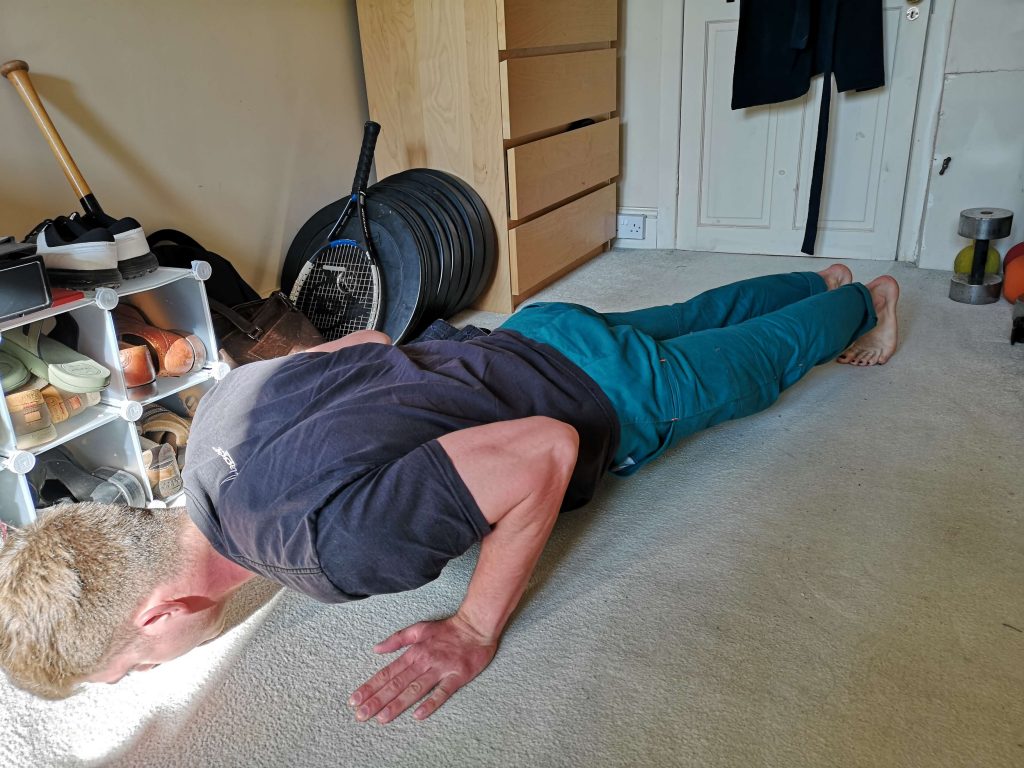
Ahh the humble press-up. While the press-up is renowned for being a chest focused exercise, it is far more than that; the press-up builds muscles in the chest, triceps, shoulders, core and forearms. By varying the positions of your hands, elbows, legs and knees you can very effectively alter the difficulty.
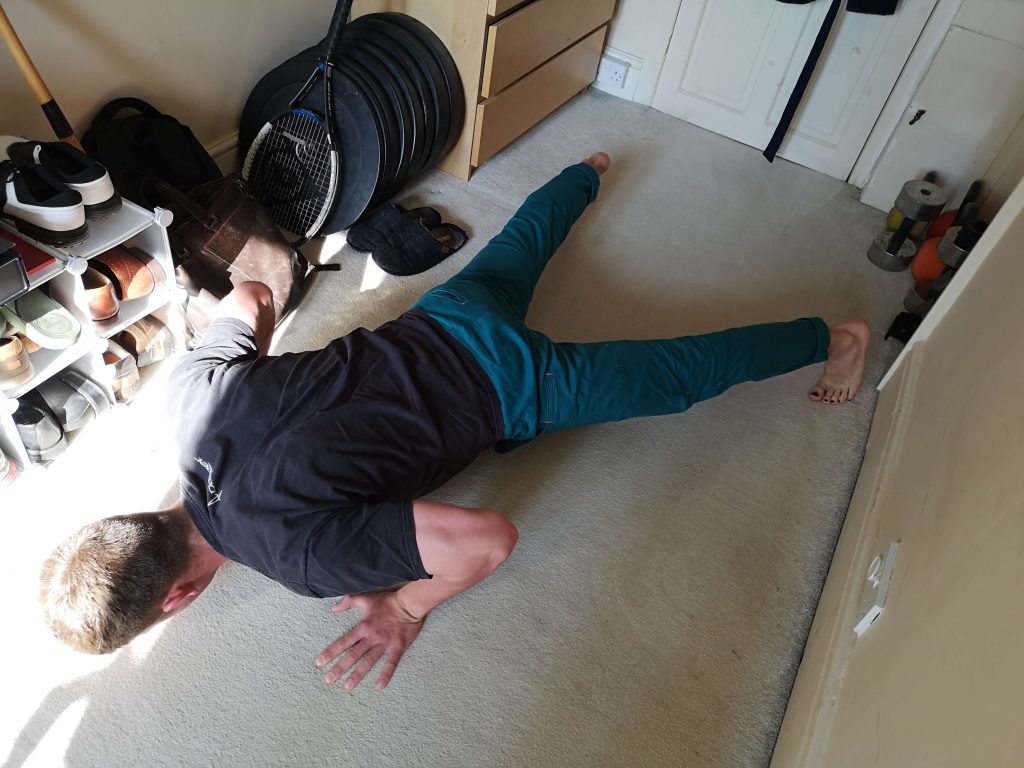
A wider leg stance reduces difficulty 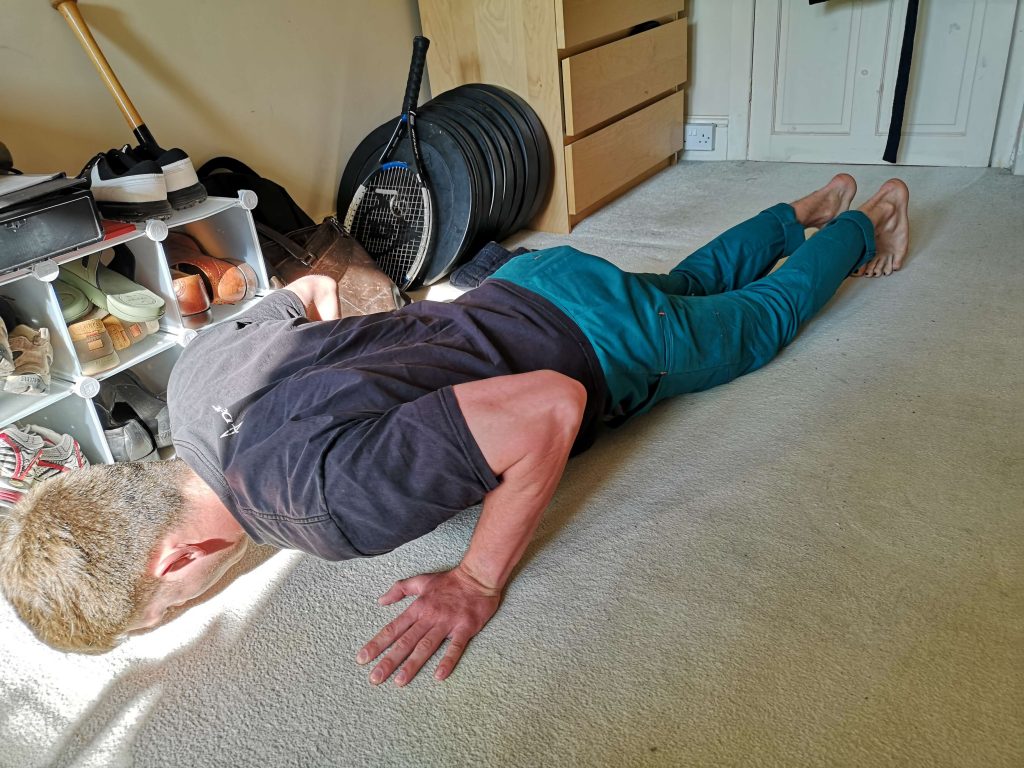
Using your knees also reduces difficulty 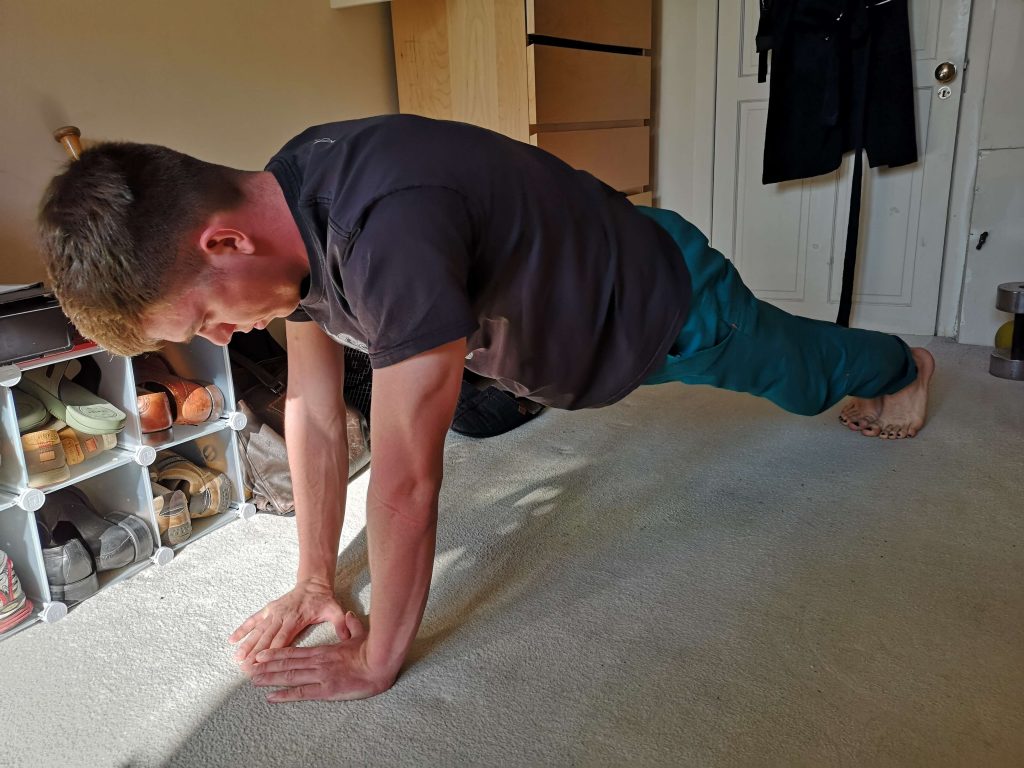
Making a triangle with your hands increases difficulty
The press-up is also fantastic for building your endurance, CV and your explosive energy by playing around with the tempo and difficulty.
Pull-ups
This is quite possibly one of my favorite exercises as it heavily recruits on the Latissimus Dorsi (the big muscle group in your back that you use loads kayaking), as well as your biceps, shoulder,s chest and core as well as your grip. Not only does it improve your endurance and explosive power, it also helps strengthen the muscles in your shoulder and rotator cuff, helping to reduce the risk of those very upsetting shoulder injuries.
While jumping straight into doing pull-ups might not be the easiest of things, there are plenty of videos out there to help build up to it. Check this link for a really useful breakdown of how to progress.
https://www.instagram.com/p/B4LA8tqnuwL/?utm_source=ig_web_copy_link
Don’t think you need a straight bar for this. I personally use a brick ledge above my front door but any flat surface will do!
Leg Raises
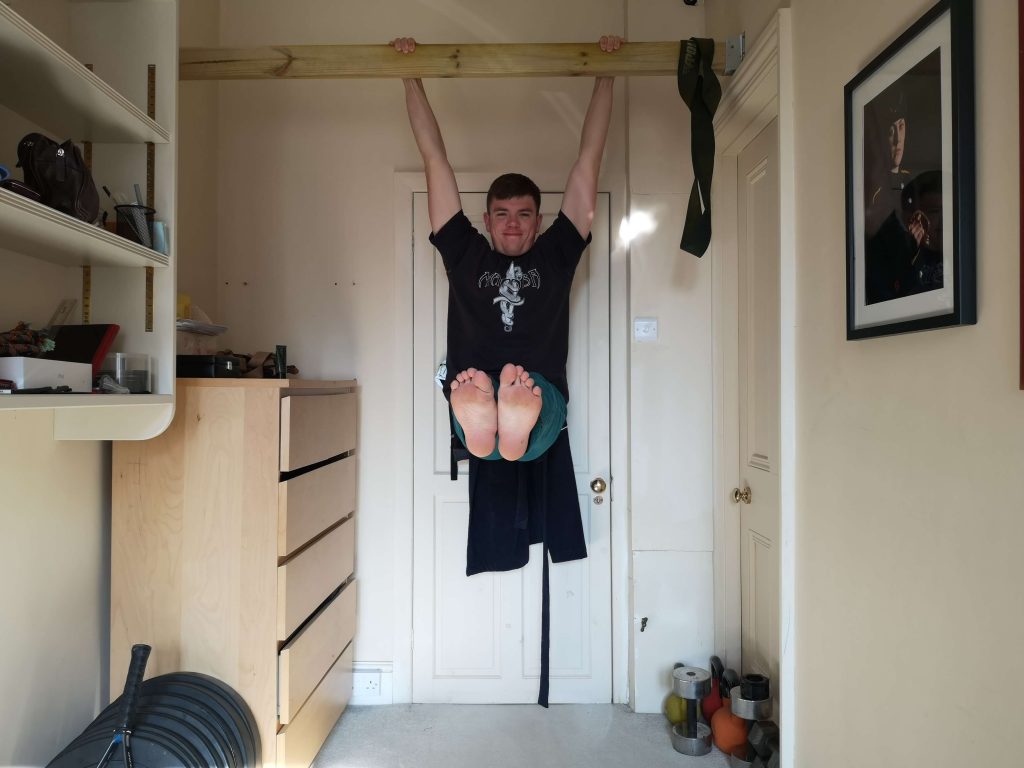
These are extremely effective: they’re good fun, help strengthen your rotator cuff and leave your core on fire! You just need a flat ledge you can hang to and you’re set. Start out with your knees bent and build to straight legs. You can also incorporate twists to really engage your Oblique’s (you use these loads when edging your boat).
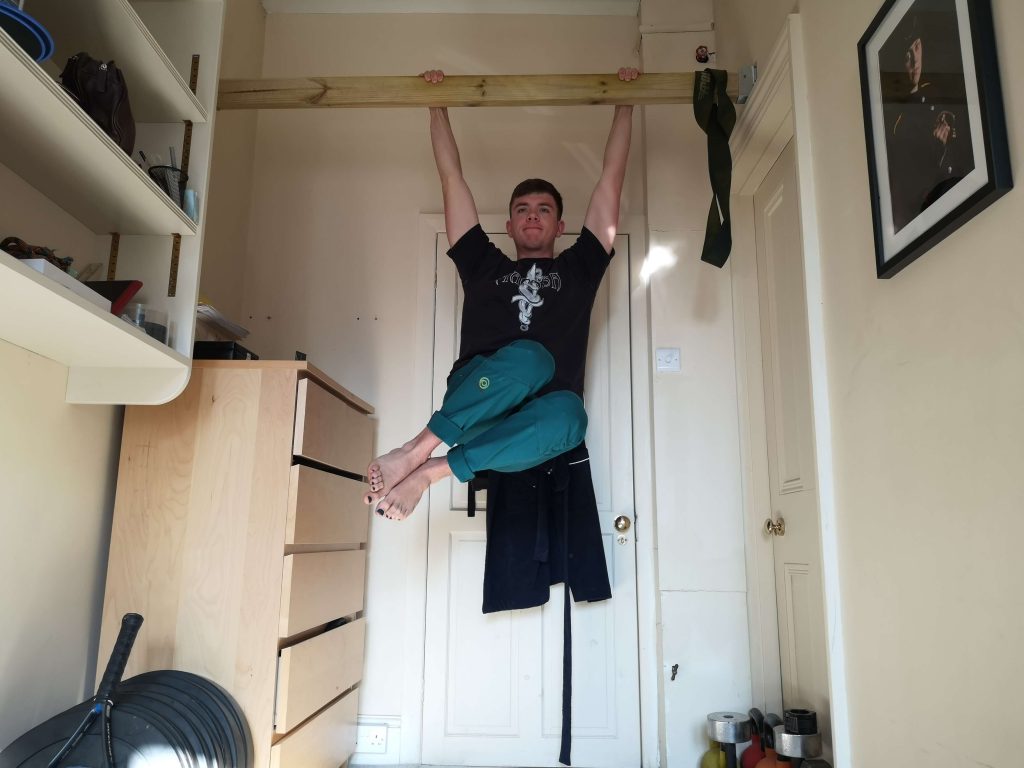
Twisting the knees engages the obliques 
By bending your knees you reduce difficulty
Pike Press
Now this one’s brilliant to do if there are two of you at home, simply because it looks ridiculous. However, it really builds your shoulders and forces you to engage both your core as well as the muscles in your hips. If you want to add variation to this exercise, try changing the tempo as well as varying how wide your hands are. If you start getting really good at this you can make it even harder by progressing to a hand stand.
Russian Twists

Like a sit-up, this exercise massively targets the core however with more emphasis on the obliques (a muscle set you use a tonne when edging). Essentially, you’re sat with your core engaged, as if you’re half way through a sit up, and pass a weight from one side of your body to the other. This is super easy to do at home as you can improvise a weight with near anything; you can use a big old encyclopedia, a couple of 4 pint milk bottles full of water or even a crate of beer. This exercise is sure to make that next time out on the water less taxing on your core!
Learn a new skill!
While this might seem hard to do if you don’t have a pool in your garden, visualization is an incredibly useful tool when trying to learn anything new.
Whether it’s your goal to learn a new style of roll, how to boof or even a new freestyle trick, you will be amazed at how much of the learning you can do from your living room. There are plenty of video tutorials on the internet for any one particular paddling skill and it is well worth watching as many as possible. Once you have all the information you can simply sit on the sofa, floor, bed or in a hammock and just imagine yourself performing the skill.
Give this a try and you will honestly be amazed by how quickly you’ll be able to perform this skill on the water (especially if you compare it to starting from scratch!).
Rope Work
One of the easiest things to practice at home because you nearly always do it on the bank anyway!
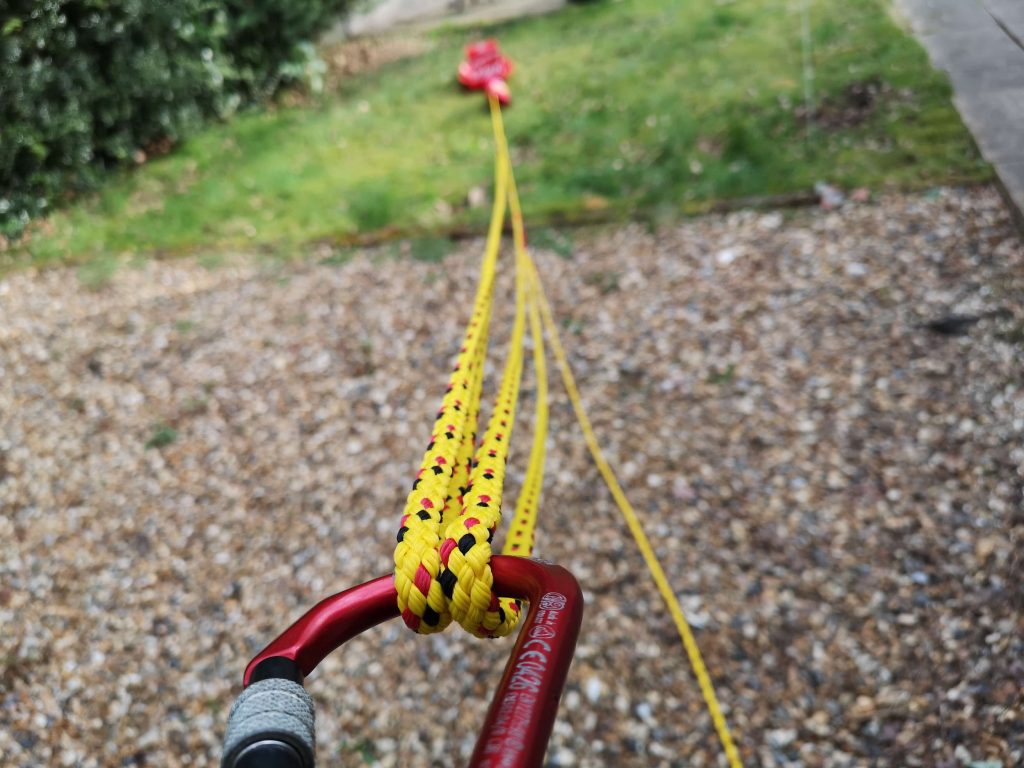
Lockdown is prime time to get those z-drags, pig-rigs, rethrows and knots as slick as possible. All you need is your rope, a couple karabiners and maybe a sling or two and you’re set. If you don’t have these then its super easy to improvise; you can use a belt or cam strap as a sling or a ball of string instead of a rope. You could also treat yourself to some new gear here if you really fancied ;).
We’ve been running a series of how to type videos over on our Facebook page to help you if your looking for new bits of rope work to learn but there are loads of resources available. “White Water Safety and Rescue” by Franco Ferrero is a fantastic book to go over not only rope work, but also how to prevent needing it in the first place.
It’s super easy to practice in the house and definitely worth getting as slick as possible.
Watch some movies!
Now this is quite possibly the easiest thing to do (and its also the reason this blog didn’t come out a week ago…)! There’s hundreds of awesome paddling videos out there to watch: Congo: The Grand Inga Project, Inside the Indus – A Pakistani Odyssey and Chasing Niagra are three excellent kayaking films that come to mind, but there are dozens out there that will be sure to get you fired up for when you can get back on the river.

There’s also a full archive of kayaking videos on the Kayak Session website, varying from short clips, to how to’s and trailers. My personal favourites are some of the old Bomb Flow Episodes.
Give them a watch, look at their technique and get enthusistic!
Get all your gear in check
Now every good paddler should do this, regardless of how quarantined they are! Give your buoyancy aid a float test, check the seals on your dry tops, look for any holes in your deck, check your rope for any snags on nicks, tighten all the bolts and screws on your boat, clean all your karabiners so the run smoothly.
Be sure that as soon as you can go, you’re ready to!
Stay safe everyone and we’ll see you on the water soon!
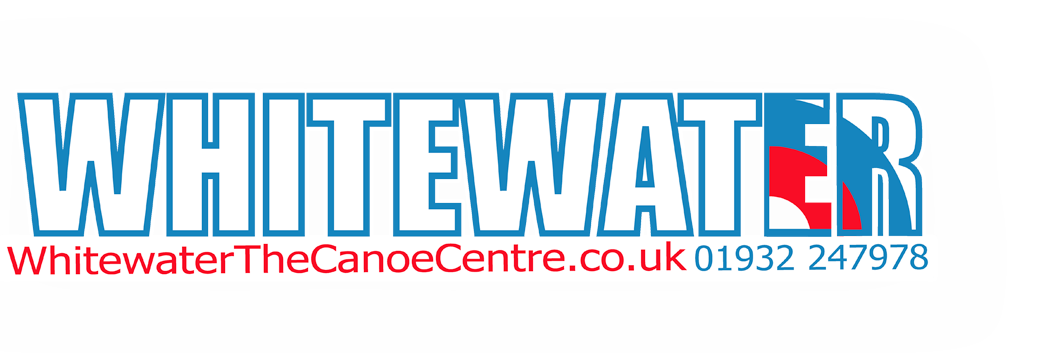

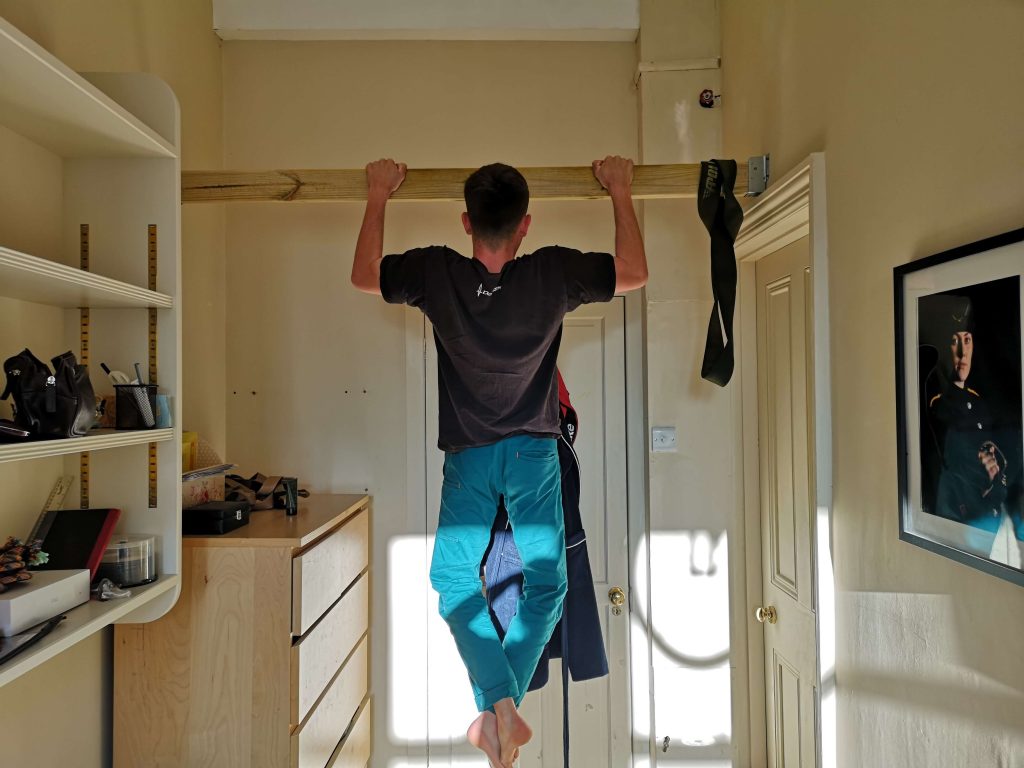
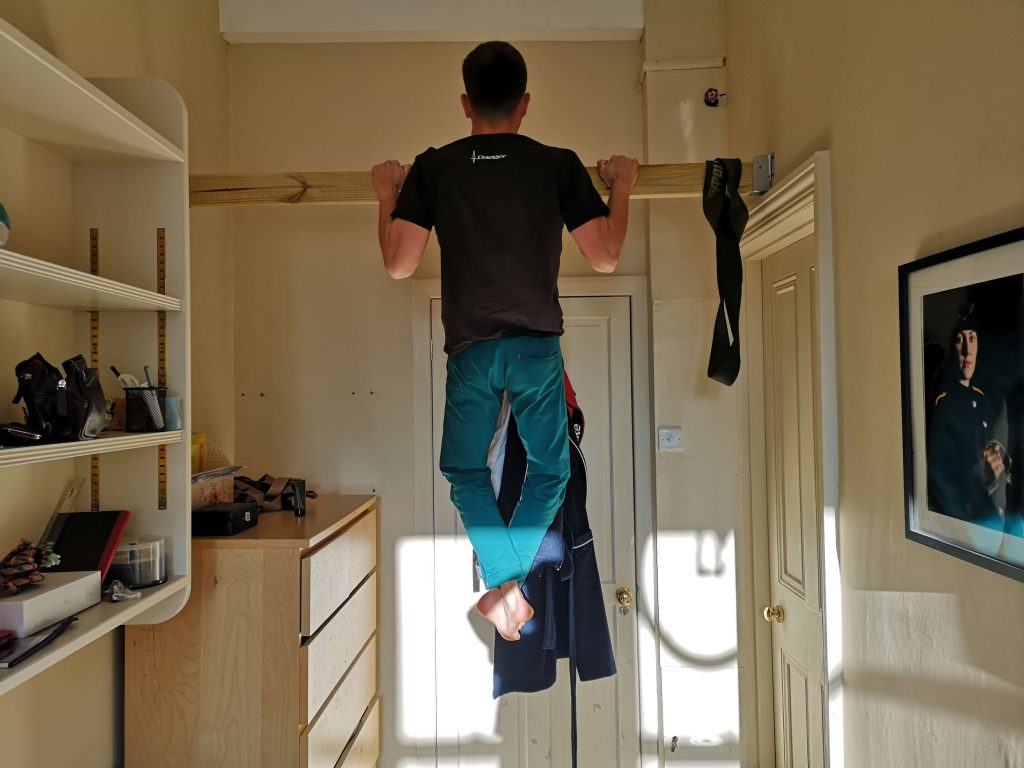
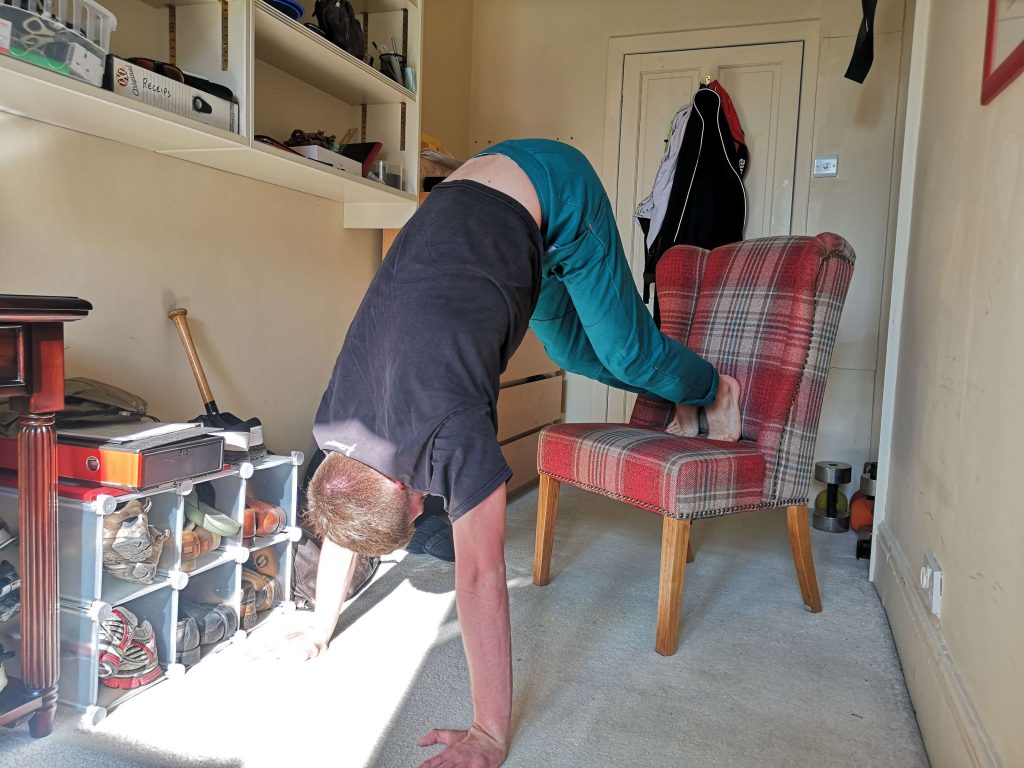
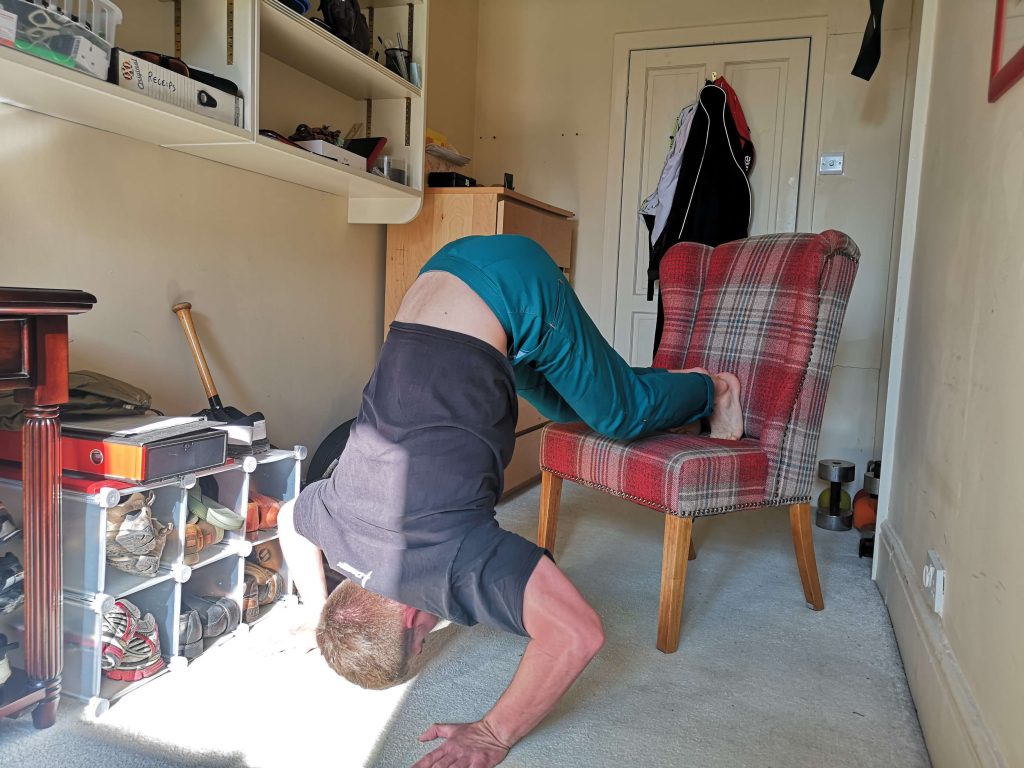
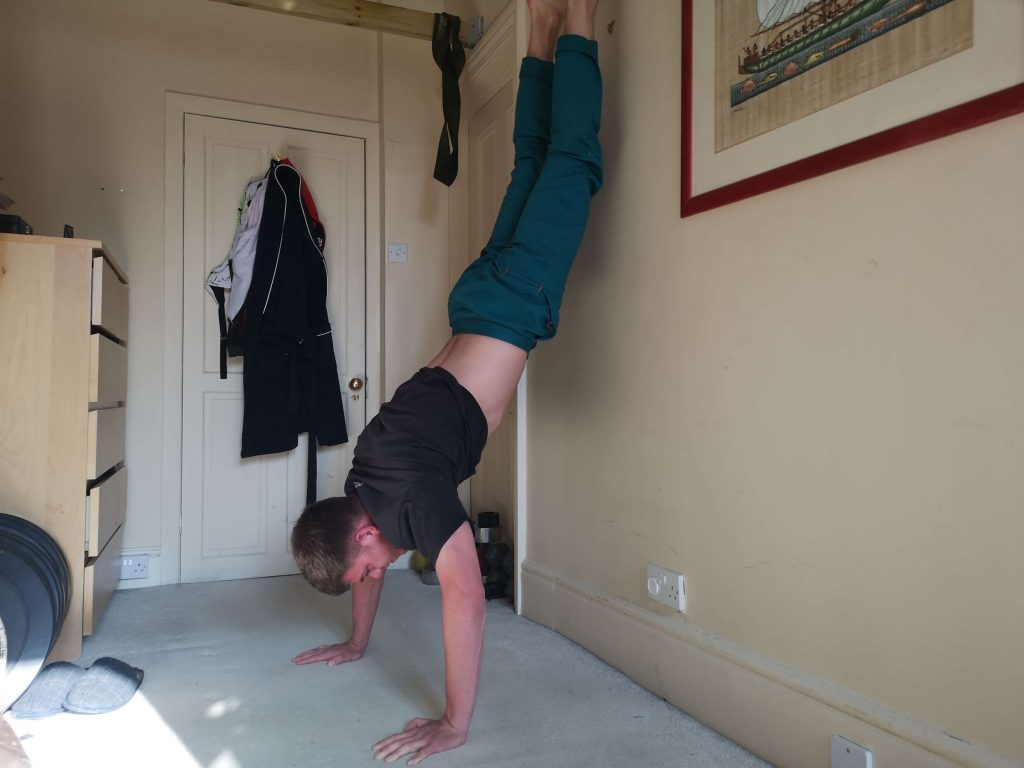
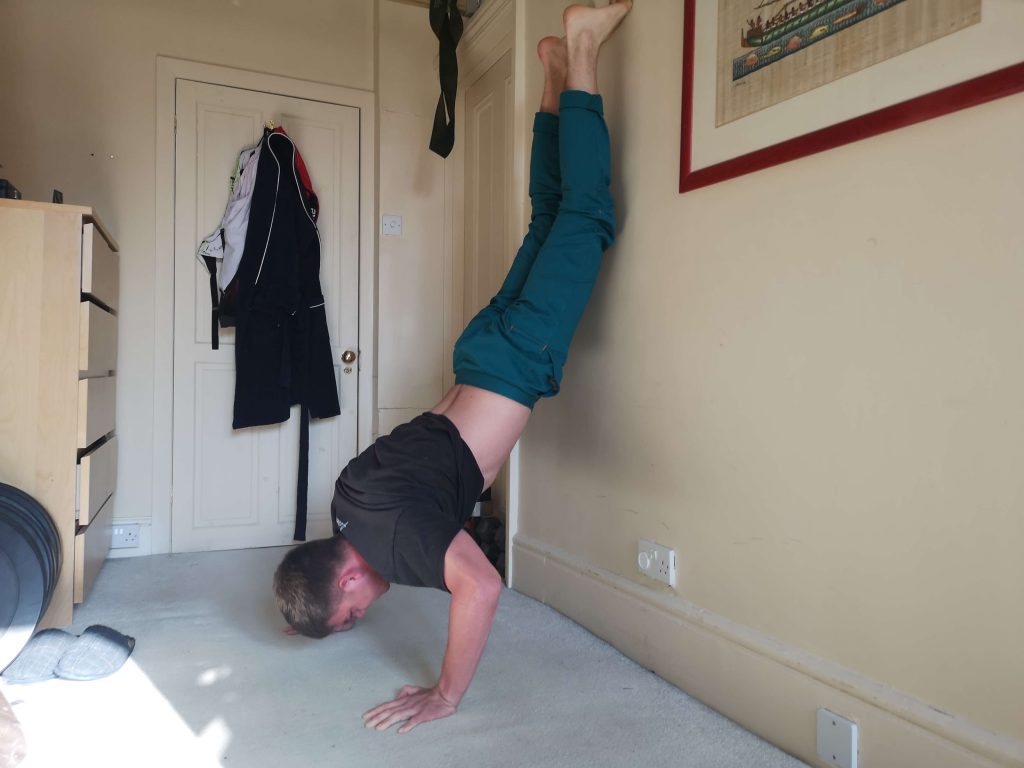
Comments
Powered by Facebook Comments